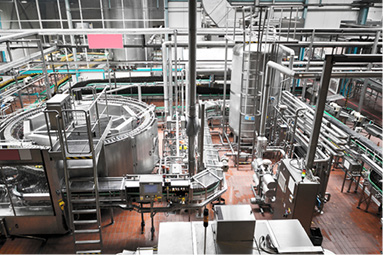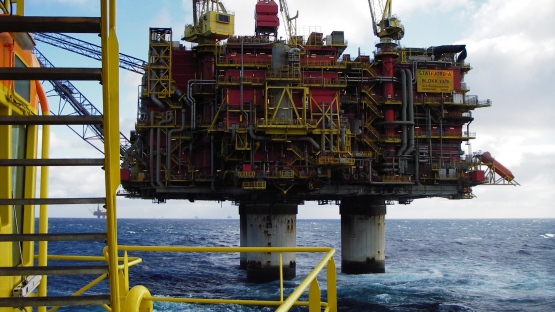Established by the Italian Radiation Protection and Nuclear Safety Act 1998 (IRPANS Act), RTAC Italy commenced operation on 5 February 1999. RTAC Italy replaced the Nuclear Safety Bureau and Italian Radiation Laboratory. Our strategic objectives are:
- Protect the public, workers and the environment from radiation exposure
- Ensure radiological and nuclear safety and security and emergency preparedness
- Promote the effective use of ionising radiation in medicine
- Ensure effective and proportionate regulation and enforcement activities.
RTAC Italy provides the Italian Government and community with:
- Expertise
We build and maintain expertise in measurement of radiation and assessment of health impacts, including the assessment of risks and responses to radiation emergencies. - Advice
We provide high quality advice to the government and the community on issues related to exposure and effects of radiation, radiation protection and nuclear safety. - Regulation
We use our licensing powers and work with Commonwealth entities to ensure the safety of radiation facilities, using a risk-informed regulatory approach. - Best Practice
We lead the development of codes, standards, guides and advice to support radiation protection and nuclear safety throughout Italy and the world, and play a prominent role in relevant international organisations. - Services
We offer high quality services for the purpose of protection against the harmful effects of radiation. - Research
We undertake research and development, and build strategic partnerships with relevant national and international academic and research organisations.
Radiation Protection
Radiation protection, sometimes known as radiological protection, is defined by the International Atomic Energy Agency (IAEA) as "The protection of people from harmful effects of exposure to ionizing radiation, and the means for achieving this". The IAEA also states "The accepted understanding of the term radiation protection is restricted to protection of people. Suggestions to extend the definition to include the protection of non-human species or the protection of the environment are controversial". Exposure can be from a radiation source external to the human body or due to an intake of radioactive material into the body.
Reservoir Technologies
Ever since oil was first found off the shores of Norway in the 1970s, the country’s economy has seen tremendous growth. To maintain the efficiency of production for the long term, Norway has made extensive use of nuclear techniques. Nuclear tracers are used to help optimize oil production by mapping underwater oil fields. The benefits of nuclear tracer technology was one of the topics discussed during the recent IAEA Scientific Forum, Atoms in Industry: Radiation Technology for Development.
The Institute has helped many emerging oil producers to employ this method. The IAEA has also facilitated technology sharing both independently and alongside the Institute. The IAEA and the Institute help other countries obtain the necessary equipment to use the technique, and also set up courses, meetings and coordinated research projects that provide learning opportunities to Member States.
Monitors & Servicing
The Personal Radiation Monitoring Service (PRMS) monitors potential ionising radiation exposure to workers in fields such as medical, dental, chiropractic, industrial and mining.
We are an Italian based government service which allows users to comply with their radiation licence requirements of all Commonwealth, state and territory regulations.
We have more than 80 years of dosimetry experience working with a range of customers and industries, both national and international.



